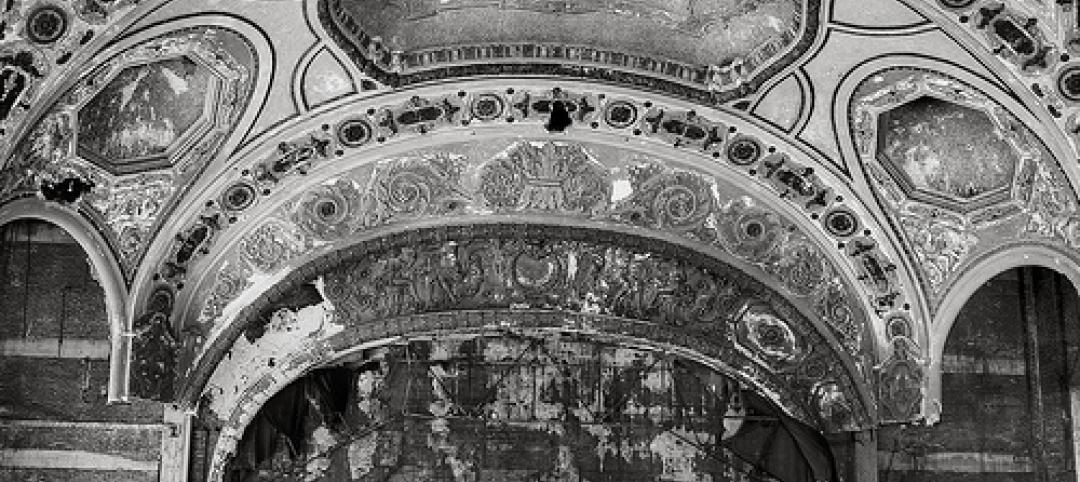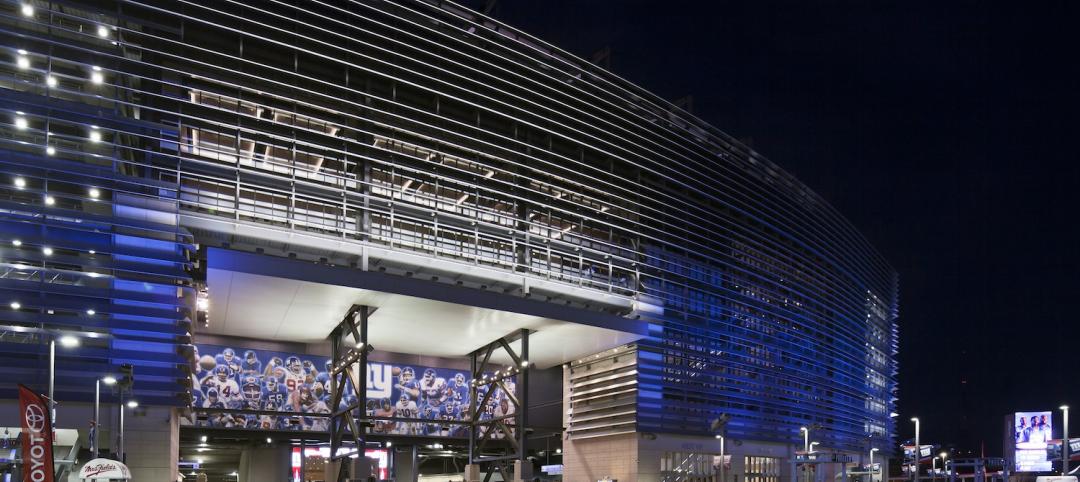The Board of Directors and the Strategic Council of the American Institute of Architects (AIA) are honoring Edward Mazria, FAIA, with the 2021 Gold Medal.
The Gold Medal honors an individual whose significant body of work has had a lasting influence on the theory and practice of architecture. Mazria is being recognized for his work sounding the alarm on climate change and motivating the profession to take action.
A native New Yorker and graduate of the Pratt Institute, Mazria received his Bachelor of Architecture degree from the school and played on its basketball team, garnering attention from the New York Knicks. After being selected in the 11th round of the 1962 NBA draft, Mazria opted to serve in the Peace Corps in Peru, where he uncovered the notion that responsible architecture is the key to both social and environmental improvement. When he returned stateside to work in the office of the 2007 Gold Medal winner, Edward Larrabee Barnes, FAIA, Mazria’s outlook was further defined by his mentor’s understated and place-based approach to architecture.
Teaching opportunities and an advanced degree called Mazria to New Mexico in 1973, where the state’s natural environment influenced the future of his career. Upon completion of his master’s degree, he accepted a teaching position at the University of Oregon to focus on solar energy research. The capstone of that work was the publication of The Passive Solar Energy Book in 1979. Still heavily referenced to this day, the book has been translated into five languages and global sales have topped one million copies. With his research complete, Mazria returned to New Mexico to test his theories in a slate of iconic passive solar and highly contextual buildings, such as the Stockebrand Residence, the Museum of Indian Arts and Culture, and Georgia O’Keefe’s estate, Sol y Sambra.
Supported by his groundbreaking portfolio designed to urge architects away from fossil fuels, Mazria helped found the AIA’s Committee on the Environment (COTE) in the 1990s. In 2002 his firm began conducting pro-bono work under the name Architecture 2030. Just a few years later, it became a fully-fledged nonprofit organization dedicated to altering the course of climate change.
Supported by Mazria’s decades of research, teaching, writing, and practice, Architecture 2030’s influence has shaped some of the world’s actions on climate change, including the United Nations’ 21st Conference on the Parties that followed the adoption of The Paris Agreement. There, Mazria presented his organization’s research on the greenhouse gas footprint produced by buildings created through standard business practices and principles. He delivered hopeful data and best practices while outlining Architecture 2030’s comprehensive Roadmap to Zero Emissions for the building industry.
Mazria’s life’s work has long influenced the AIA’s stances on sustainability and environmental stewardship. Since adopting the Architecture 2030 Challenge in 2006, AIA’s collaborations with the nonprofit have gained even more momentum, sparking changes to the AIA Code of Ethics and Professional Conduct.
As one of the world’s foremost experts on the built environment’s role in both causing and curing climate change, Mazria addresses the global threat as a design problem. Facing countless challenges, his leadership and positioning of architects as a critical resource in creating a healthy, just, and carbon-positive future.
Learn more about Mazria’s selection as the 2021 AIA Gold Medal recipient on AIA’s website.
Related Stories
Sponsored | | Aug 21, 2014
Defining the measure of success when implementing new technologies
Sasha Reed and Chad Dorgan, McCarthy Building Cos.’s Vice President of Quality and Sustainability, discuss the keys to managing innovation within a large construction firm. SPONSORED CONTENT
| Aug 21, 2014
RTKL's parent company Arcadis acquires Callison
The acquisition of Callison, known predominantly for its leadership in retail and mixed-use design, builds on Arcadis’ strong global design and architecture position, currently provided by RTKL.
| Aug 21, 2014
Must See: Detroit's Beaux-Arts parking garage
An opulent Renaissance Revival building in downtown Detroit is being used as a parking garage.
| Aug 20, 2014
WELL Building: The next step in green sports construction
The WELL Building Standard, a new protocol that focuses on human wellness within the built environment, is a particularly good fit for sports facilities, write Skanska's Tom Tingle and Beth Heider.
| Aug 20, 2014
Seattle's King Street Station thoughtfully restored [2014 Reconstruction Awards]
After years of neglect and botched renovations, King Street Station sparkles once again.
| Aug 20, 2014
Tour an office with no assigned workstations [slideshow]
The New York office of the Gerson Lehrman Group recently redesigned its office without personal desks or cubicles. The company gave each of its 250 employees a locker, a laptop, and told to work anywhere they wanted, according to Business Insider.
| Aug 20, 2014
Architecture Billings Index reaches highest mark since 2007
The American Institute of Architects reported the July ABI score was 55.8, up noticeably from a mark of 53.5 in June.
| Aug 19, 2014
Goettsch Partners unveils design for mega mixed-use development in Shenzhen [slideshow]
The overall design concept is of a complex of textured buildings that would differentiate from the surrounding blue-glass buildings of Shenzhen.
| Aug 19, 2014
HOK to acquire 360 Architecture
Expected to be finalized by the end of October, the acquisition of 360 Architecture will provide immediate benefits to both firms’ clients worldwide as HOK re-enters the sports and entertainment market.
| Aug 19, 2014
A designer's epiphany: 'Let's stop talking and make something'
Making things is important because it reveals gaps in thought, sheds light on the fundamental assumptions that can kill ideas, and forces us to push toward solutions that actually work, writes HDR's David Grandy.
















